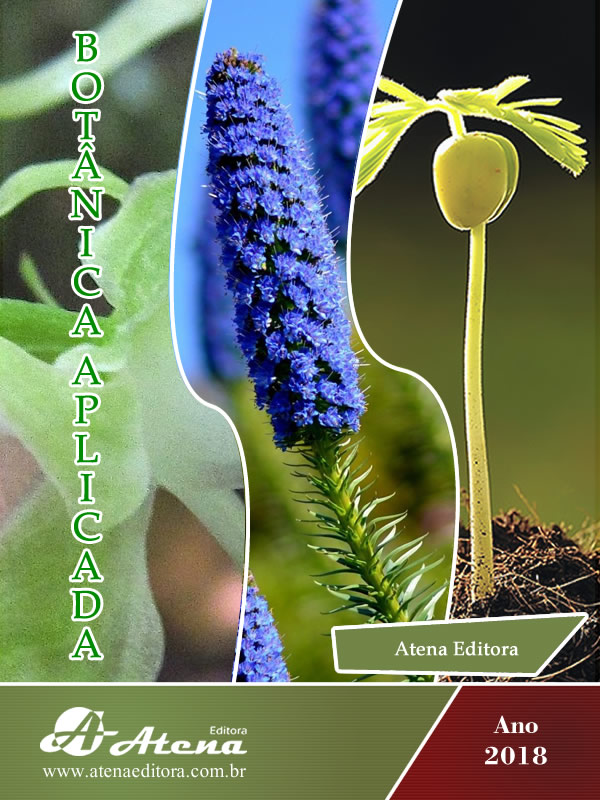
AVALIAÇÃO DO POTENCIAL ANTIOXIDANTE DE UMA AMOSTRA DE PRÓPOLIS VERDE DA ZONA DA MATA MINEIRA
O objetivo deste trabalho foi fracionar uma amostra de própolis verde em solventes de diferentes polaridades e avaliar o potencial antioxidante de cada fração. Assim, uma amostra de própolis verde (70g) foi congelada e pulverizada utilizando-se gral e pistilo. O fracionamento foi realizado através de extrações desenvolvidas sob aquecimento, em refluxo, utilizando n-hexano, diclorometano, etanol e água destilada por seis horas (três repetições). Outra amostra (20g) foi submetida a extrações usando-se apenas etanol, a fim de compor um extrato etanólico bruto. As concentrações das frações obtidas foram acertadas em 2% e a atividade antioxidante foi avaliada utilizando-se solução padrão etanólica de DPPH a 0,004% em cada fração nas concentrações 2; 1; 0,5; 0,25 e 0,1%. As leituras foram feitas em espectrofotômetro e os valores de absorbância foram interpretados em percentuais de atividade antioxidante (AA%). As frações hexânica (FH) e diclorometânica (FD) apresentaram potencial antioxidante de forma dependente de dose sendo a maior porcentagem em 2% (AA%FH= 88 e AA%FD =91) e a menor, em 0,1% (AA%FH= 19 e AA%FD = 22). As frações etanólica (FE) e aquosa (FA) apresentaram alto potencial antioxidante em 0,5%; 1% e 2% (AA%FE = 80,2; 92 e 92,4, respectivamente) e (AA%FA = 89; 91,6 e 92, respectivamente). O mesmo foi observado no extrato etanólico bruto a 0,5% (86,9%), 1% (93,8%) e 2% (94,3%). A alta atividade antioxidante observada em extratos obtidos com solventes de diferentes polaridades sugere a presença de diferentes compostos com atividade antioxidante nesta amostra de própolis.
AVALIAÇÃO DO POTENCIAL ANTIOXIDANTE DE UMA AMOSTRA DE PRÓPOLIS VERDE DA ZONA DA MATA MINEIRA
-
DOI: Atena
-
Palavras-chave: Antioxidante, DPPH, própolis verde
-
Keywords: Antioxidant, DPPH, Green propolis
-
Abstract:
The aim of this work was to fractionate a sample of propolis in different solvents polarities and evaluate the antioxidant potential of each fraction. Thus, a sample of green propolis (70 g) was frozen and pulverized using pistil. Fractionation was carried out using extractions developed under heating at reflux using n-hexane, dichloromethane, ethanol and distilled water for six hours (n=3). Another sample (20 g) was subjected to extraction using only ethanol, in order to compose a crude ethanolic extract. The concentrations of the obtained fractions were set at 2%. The antioxidant activity was evaluated using 0.004% ethanolic solution of DPPH in each fraction at concentrations 2; 1; 0.5; 0.25 and 0.1%. The readings were made in a spectrophotometer and the absorbance values were interpreted as percentages of antioxidant activity (AA%). The hexane (HF) and dichloromethane (DF) fractions presented antioxidant potential in a dose-dependent manner, with the highest percentage being 2% (AA% HF = 88 and AA% DF = 91) and lowest, 0.1% (AA% HF = 19 and AA% DF = 22). The ethanolic (EF) and aqueous (AF) fractions presented high antioxidant potential in 0.5%; 1% and 2% (AA% EF = 80.2, 92 and 92.4, respectively) and (AA% AF = 89, 91.6 and 92, respectively). The same was observed in the crude ethanolic extract at 0.5% (86.9%), 1% (93.8%) and 2% (94.3%). The high antioxidant activity observed in extracts obtained with different solvents polarities suggests the presence of different compounds with antioxidant activity in this propolis sample.
-
Número de páginas: 10
- Nicolas Ripari


